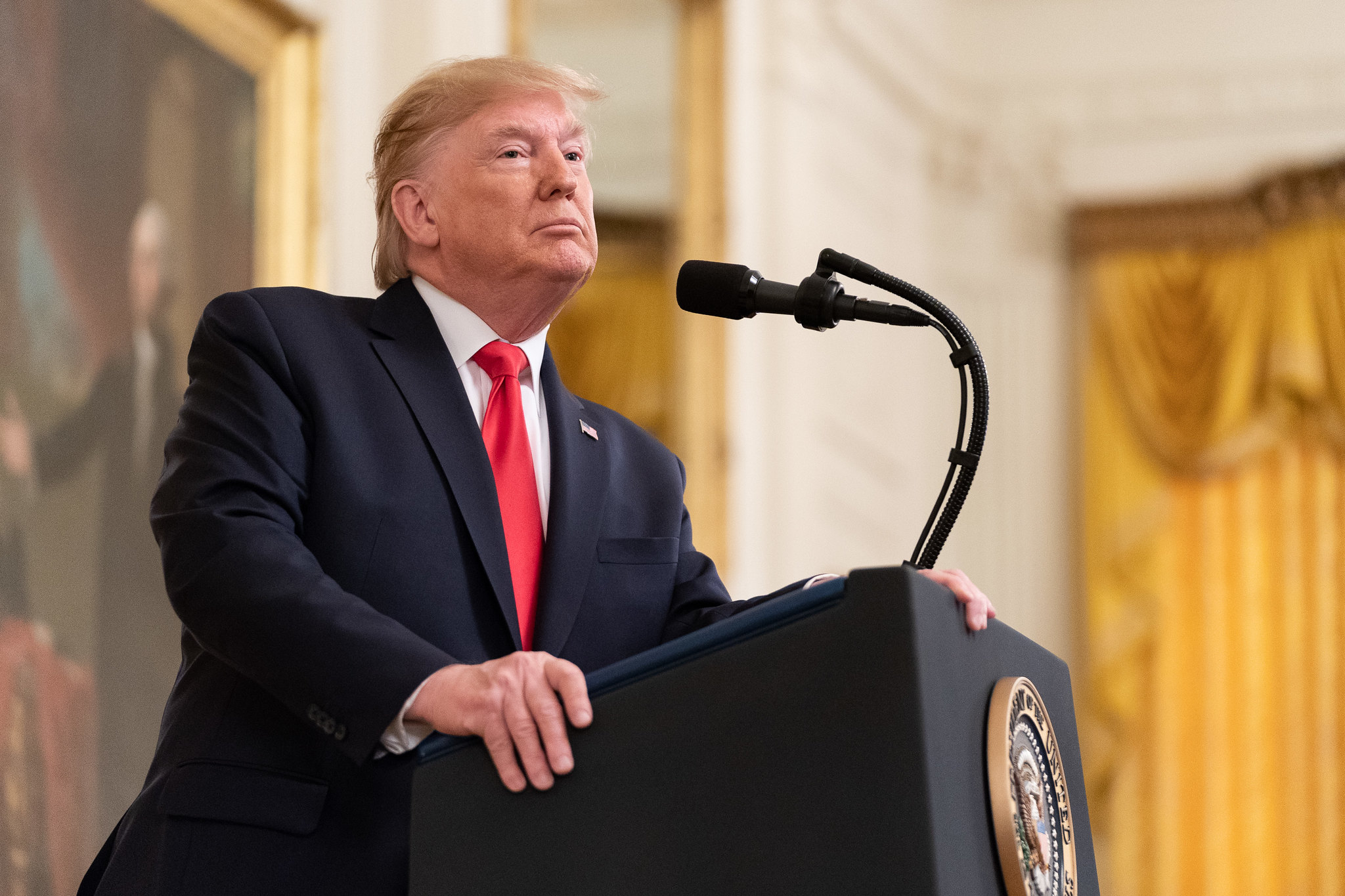The Trump administration insists it holds the upper hand as trade friction with Beijing has reignited over its sweeping rare-earths export controls.
While President Donald Trump’s initial response was to announce an additional 100% tariff and software restrictions on China, which controls more than 90% of the world’s processed rare earths and rare earth magnets, he previously has alluded to harsher measures that could come into play.
“But the U.S. has Monopoly positions also, much stronger and more far reaching than China’s,” he warned in a Truth Social post before his tariff move. “I have just not chosen to use them, there was never a reason for me to do so — UNTIL NOW!”
Trump has since toned down his rhetoric and even acknowledged that his planned tariffs are not sustainable, while Wall Street has dismissed his threats as an attempt to gain leverage in negotiations and another opportunity for the “TACO” trade.
At the same time, the White House has said a planned meeting between Trump and Chinese President Xi Jinping is still going to happen at month’s end on the sidelines of a regional economic conference in South Korea.
Still, China’s rare earth restrictions stunned some obverses, who have said they could “forbid any country on Earth from participating in the modern economy,” given how critical the minerals are to a vast array of technologies.
On closer inspection, Capital Economics said Beijing’s policy is actually narrower in scope than initially feared. But China economics head Julian Evans-Pritchard and China economist Leah Fahy said in a note Monday that China is also looking to boost its negotiating position and was probably frustrated that the U.S. didn’t seem interested in rolling back its tariffs further.
“Whatever the motivation, China’s recent actions were a bit of a gamble and there is a risk that they could backfire,” they wrote.
They also listed ways that the U.S. could ramp up its retaliation and cause even more disruption to China’s economy.
For example, the U.S. could leverage its control of much of the commercial aviation supply chain by blocking exports of critical components—or even entire aircraft.
In addition, about 90% of the laptops and PCs in China still use the Windows operating system, according to Capital Economics. Trump could force Microsoft to halt sales and updates in China, eventually resulting in security holes going unfixed.
“There are domestic alternatives, but the experience of Huawei suggests that such a switch would reduce the global appeal of Chinese-branded mobile devices,” Evans-Pritchard and Fahy said. “Perhaps of greatest concern for China is the software used advanced manufacturing — Western companies control over 70% of the Chinese market for chip design software, for example.”
Meanwhile, Trump could deal another severe blow to Chinese tech companies and manufacturers via expanded export controls. That’s because China still relies heavily on chips and chipmaking tools made by the U.S. and its allies, despite the most advanced technologies already falling under strict export limits.
And then there’s U.S. dominance of global finance and its infrastructure. Trump could sanction more Chinese firms by freezing their dollar-denominated assets and limiting access to the SWIFT payment system, Evans-Pritchard and Fahy pointed out.
Washington could also force allies to hit China with their own trade restrictions, denying exporters the ability to offset reduced shipments to the U.S. and further isolating China from advanced economies. In fact, Mexico has already proposed tariffs of up to 50% on certain products from China and several other Asian nations.
“Hawkish advisors on both sides of the Pacific will undoubtedly be using the current spat as an opportunity to try to lock in deeper US-China decoupling,” Capital Economics said. “At best, we may return to the uneasy trade truce that had held up until now. At worst, China may find itself cut off from Western markets and technology to an even greater degree than it is today.”
Source link
